| |
|
|
|
Blessed Gerard, founder of Order
of Malta in 11th Cen. Sr Petra Clare
|
|

|
|
|
|
SCA Hospitaller Surcoat & Cloak
|
|
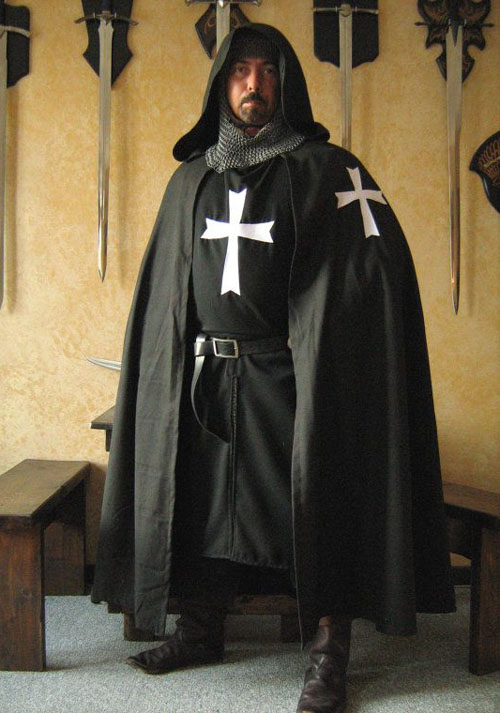
|
| |
 |
|
|
|
Jean de La Vallette - Grand Master
of the Knights of St. John (1495-1568) Portrait by
Francois Xavier Dupre
|
|

|
| |
|
|
|
The Palace of the Grand Master of
the Knights of Rhodes is a medieval castle in the
city of Rhodes, on the island of Rhodes, in Greece.
|
|

|
| |
|
|
|
The Palace of the Grand Master of
the Knights of Rhodes is a medieval castle in the
city of Rhodes, on the island of Rhodes, in Greece.
The Palace of the Grand Master of the Knights of Rhodes
is one of the few examples of Gothic architecture
in Greece. It functioned as a palace, headquarters
and fortress.
The palace was originally built in the late 7th century
as a Byzantine citadel. After the Knights Hospitaller
occupied Rhodes in 1309, they converted it into their
administrative centre and the palace of their Grand
Master. After the island was captured by the Ottoman
Empire, the palace was used as a Turkish command centre
and fortress. During the Italian rule of Rhodes It
became a holiday residence for the King of Italy,
Victor Emmanuel III, and later for Fascist dictator
Benito Mussolini. In 1948, Rhodes and the rest of
the Dodecanese were transferred to Greece.
|
|
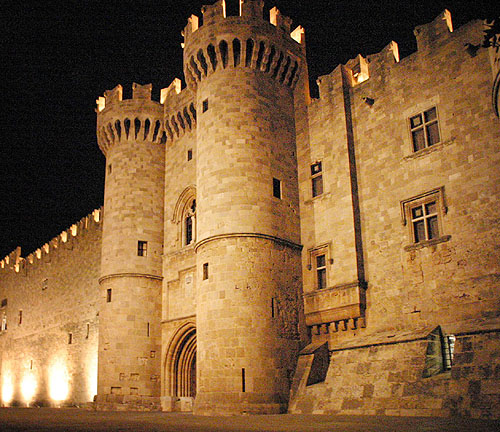
|
|
|
|
Templar and Hospitaller
|
|
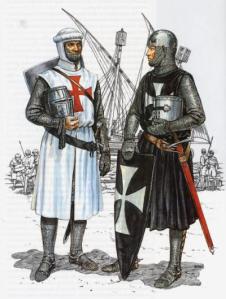
|
|
|
|
Portrait of a Knight of Malta, attributed
to Mirabello Cavalori (1535–1572), New York,
Met Museum
|
|

|
|
|
|
A Knight of Malta - Phillipe de Champaigne
|
|
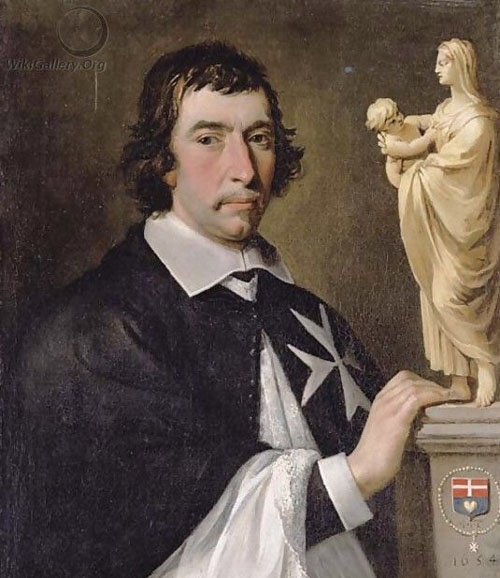
|
|
|
|
Paul I of Russia, Grand Master of
the Knights Hospitaller
|
|
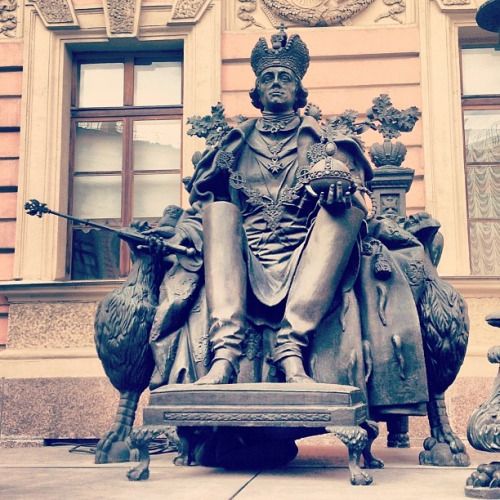
|
|
|
|
Paul I of Russia's Crown as Grand
Master of the Knights Hospitaller
|
|

|
| |
|
Emmanuel de Rohan-Polduc, Grand Master
of the Order of St John, 1775-1797
|
|
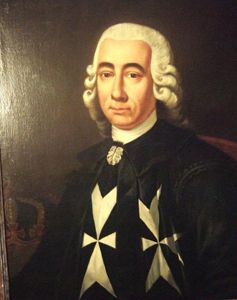
|
|
|
|
A Templar nun, from page 542 of Ancient
and Modern Malta.
|
|

|
|
|
|
Grand Master Jean de La Valette
|
|

|
|
|
|
Juan de Homedes, Grand Master of
the Order of St John of Jerusalem, Rhodes and Malta
|
|

|
|
|
|
Portrait of a Knight of Malta, attributed
to Mirabello Cavalori (1535–1572), New York,
Met Museum
|
|

|
|
|
|
Knight of Malta
|
|

|
|
|
| |
|
Saint Mary's Tower,
Island of Comino in Malta.
Saint Mary's Tower, in Maltese: Torri TA Santa Marija,
also known as the Comino Tower, is a large bastioned
watchtower built in 1618. It was the fifth of six
Wignacourt towers - a series of large coastal watchtowers
built in Malta by Alof de Wignacourt the 54th Grand
Master of the Order of Malta (ie the Order of Saint
John).
The tower was used by the Armed Forces of Malta until
2002, and it is now in the hands of Din l-Art Helwa.
It is a prominent landmark and can be clearly seen
from both Malta and Gozo.
|
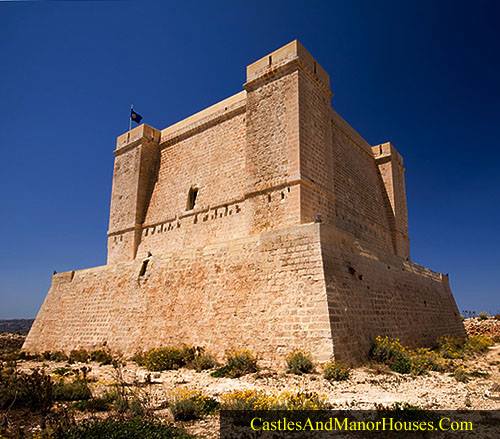 |
| |
| |
| |
|
The Cittadella,
Victoria, island of Gozo, Malta.
The Cittadella (Maltese: Ic-Cittadella), also known
as the Citadel, is a small fortified city and citadel.
The area has been inhabited since the Bronze Age.
The settlement here was developed by the Phoenicians.
During the Roman era, it became the acropolis of a
city known as Glauconis Civitas. In the Medieval era
it was known as the Gran Castello. In the fifteenth
century, during the rule of the Crown of Aragon, the
city's fortifications were strengthened. Malta later
came into the possession of the Knights Hospitaller
(1530–1798) after they had been expelled from
the Holy Land and then from Rhodes (1310–1523).
|
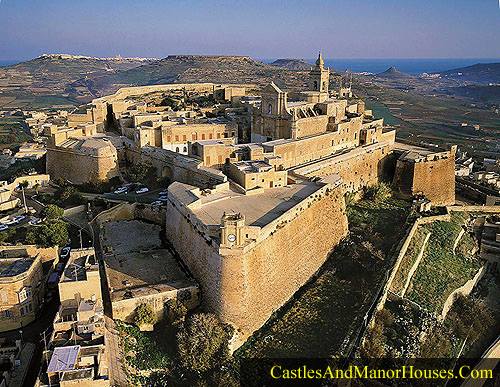 |
| |
| |
|
Grand Cross of the Order of Malta,
SMOM
|
|
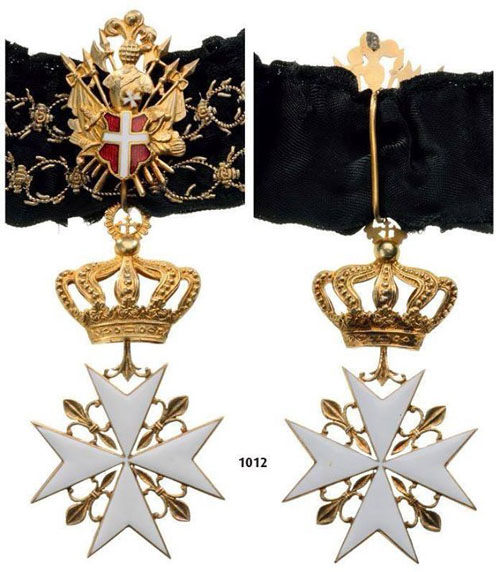
|
| |
|
Mdina,
Western District, Northern Region, Malta.
Mdina is a medieval walled town which served as the
island's capital from antiquity until 1530, when the
capital was moved to Birgu. When the Order of Saint
John (the Knights Hospitaller) arrived in Malta in
1530, Grandmaster Philippe Villiers de L'Isle-Adam
promised to uphold the rights of the Maltese people,
and was given the keys of Mdina.
Evidence of settlements in Mdina goes back to before
4000 BC. It was possibly first fortified by the Phoenicians
around 700 BC, because of its strategic location on
one of the highest points on the island and as far
from the sea as possible. When Malta had been under
the control of the Roman Empire, the Roman Governor
built his palace there.
|
 |
|
|
|
Maltese cross in the courtyard at
the Vilhena Palace in Mdina, Malta.
|
|

|
| |
|
|
| |
|
Bodrum Castle,
Bodrum, Turkey.
Bodrum Castle, (Turkish: Bodrum Kalesi) was built
from 1402 onwards, by the Knights of St John as the
Castle of St. Peter or Petronium.
Confronted with an invasion by the Seljuk Turks, the
Knights Hospitaller, whose headquarters were on the
island of Rhodes, needed another stronghold on the
mainland. Grand Master Philibert de Naillac (1396–1421)
identified a suitable site across from the island
of Kos, where a castle had already been built for
the Order. Its location was the site of a fortification
in Doric times (1110 BC) as well as of a small Seljuk
castle in the 11th century. The same promontory is
also the probable site of the Palace of Mausolos,
the famous King of Caria.
The construction of the castle began in 1404. Construction
workers were guaranteed a place in heaven by a Papal
Decree of 1409. They used stone from the nearby Mausoleum
of Mausolos. Fourteen cisterns for collecting rainwater
were excavated in the rocks under the castle.
Each langue of the Order had its own tower, each in
its own style. Each tongue was headed by a Bailiff
and was responsible for the maintenance and defence
of a specific portion of the fortress and for manning
it with sufficient numbers of knights and soldiers.
Seven gates lead to the inner part of the fortress.
For over a century St. Peter's Castle remained the
second most important castle of the Order. It served
as a refuge for all Christians in Asia Minor. The
castle came under attack with the rise of the Ottoman
Empire, first after the fall of Constantinople in
1453 and again in 1480 by Sultan Mehmed II. In 1482,
Prince Cem Sultan, son of Sultan Mehmed II and brother
of Sultan Bayezid II, sought refuge in the castle,
after a failure in raising a revolt against his brother.
When the Knights decided to refortify the castle in
1494, they again used stones from the Mausoleum. Walls
facing the mainland were thickened to withstand the
increasing power of cannon. Walls facing the sea were
less thick, since the Order had little to fear from
a sea attack due to their powerful naval fleet.
In June 1522 the sultan attacked the Order's headquarters
in Rhodes from the Bay of Marmaris with 200,000 soldiers.
The castle of Rhodes fell in December 1522. The terms
of surrender included the handing over of the Knights'
fortresses in KOs and St Peter's Castle in Bodrum.
After the surrender, the chapel was converted into
a mosque and a minaret was added.
|
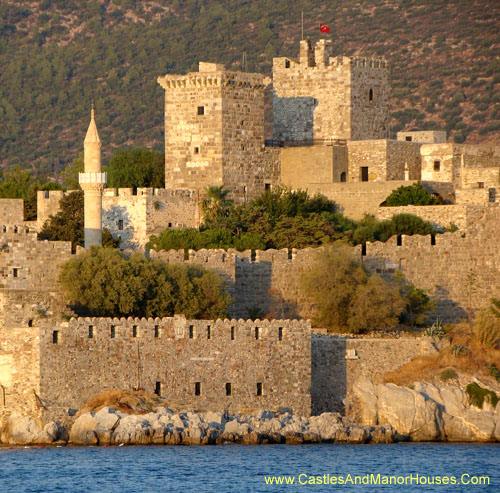 |
| |
|
|
|
Bernard de Witte, Prior of Malta,
1651
|
|

|
|
|
|
Réunion des Musées
Nationaux-Grand Palais - Raymond Dupay
|
|

|
|
|
|
Unknown Chaplain of the Order of
St John
|
|

|
|
|
|
Annet de Clermont-Gessant, 59th Grand
Master of the Order of St John, 1660.
|
|

|
|
|
|
Pietro Anselmi, Grand Admiral of
the Order of St John
|
|
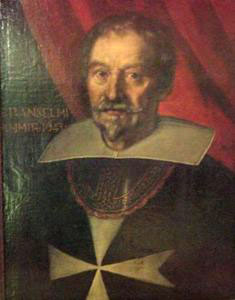
|
|
|
|
Manuel Pinto de Fonesca, Grand Master
of the Order of St John, 1741-73
|
|
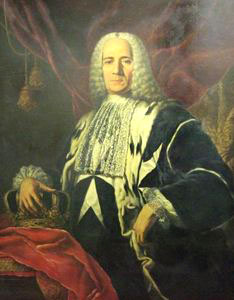
|
|
|
|
Nicolas Cotoner, 61st Grand Master
of the Order of St John, 1663-80
|
|

|
|
|
|
St Ubaldesca. Born in 1136, near
Pisa, Ubaldesca entered the Order of St John
|
|

|
|
|
|
Ramon Perellos y Roccaful, Grand
Master of the Order of St John, 1697-1720
|
|

|
|
|
|
|
|
Francisco Ximenes de Texada, Grand
Master of the Order of St John, 1773-75
|
|
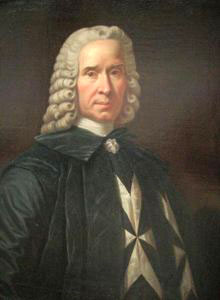
|
|
|
|
Chaplain of the Order of St John
holding a map of Malta
|
|

|
|
|
|
|
|
Ritratto di François Joseph
de Robert de Termes, all'età di 41 anni, Philippe
de Champaigne, (XVII secolo)
|
|

|
|
|
|
Nicolao Mansi 1720 (prop. priv.)
Lucca
|
|
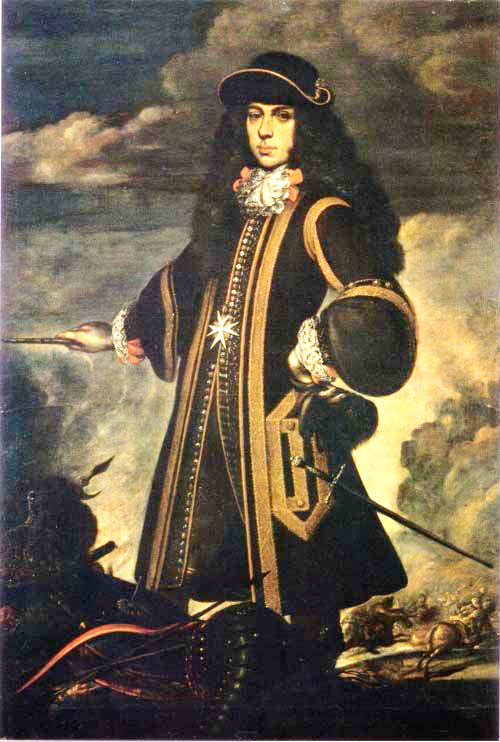
|
|
|
|
Coat_of_arms_of_the_Sovereign_Military_Order_of_Malta_(variant)
|
|

|
|
|
|
Honoré de Quiqueran de Beaulieu
|
|

|
|
|
|
Albrecht von Hohenhollern
|
|
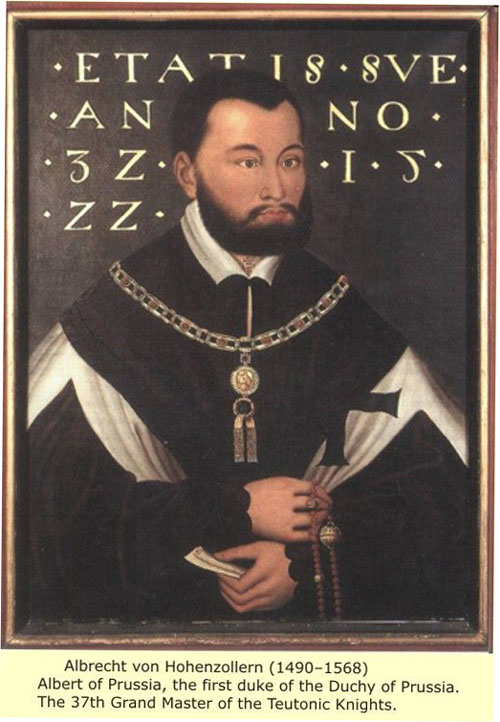
|
| |
|
|
|
Grandmaster and Chaplains of the
Knights of the Order of Saint John - Antoine de Favray
|
|

|
|
|
| |
|
|
|
Knights Hospitallers
|
|
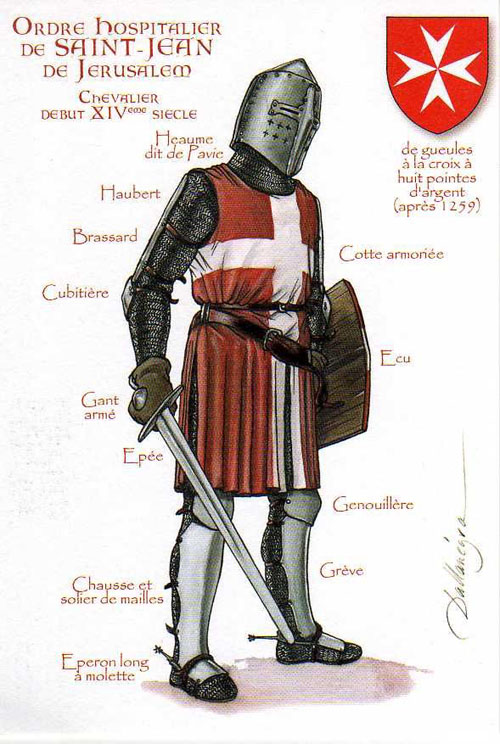
|
|
|
|
Benedetto XVI riceve l'Ordine di
Malta per i 900 anni.jpg
|
|

|
|
|
|
Benedetto XVI riceve l'Ordine di
Malta per i 900 anni. First from left is fra Karel
Paar (Prince Grand Prior of Bohemia, Emeritus)
|
|

|
| |
| |
|
|
|
Knight of Malta and Chaplain
|
|

|
| |
|
|
|
Monseigneur Paul Alphéran,
évêque de Malte et archevêque de
Damiette
|
|

|
|
|
|
Mdina
|
|

|
|
|
|
Frà Galeas von Thun und Hohenstein,
75th Prince and Grand Master of the Sovereign Military
Order of Malta
|
|

|
|
|
|
|
|
Chevalier De l'Ordre De Malte. Portrait
XVIIIème
|
|

|
|
|
|
Emperor Paul I of Russia', , 1799-1800.
Borovikovsky, Vladimir Lukich . Found in the collection
of the Museum of Fine Arts Academy, St. Petersburg.
|
|
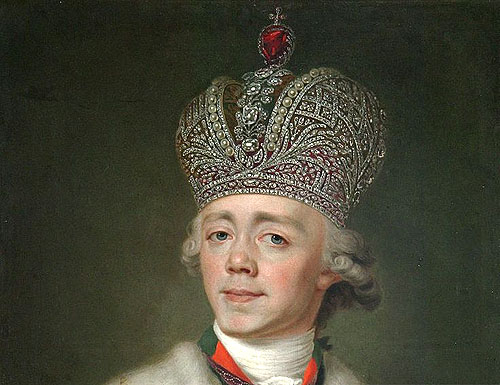
|
|
|
|
|
|
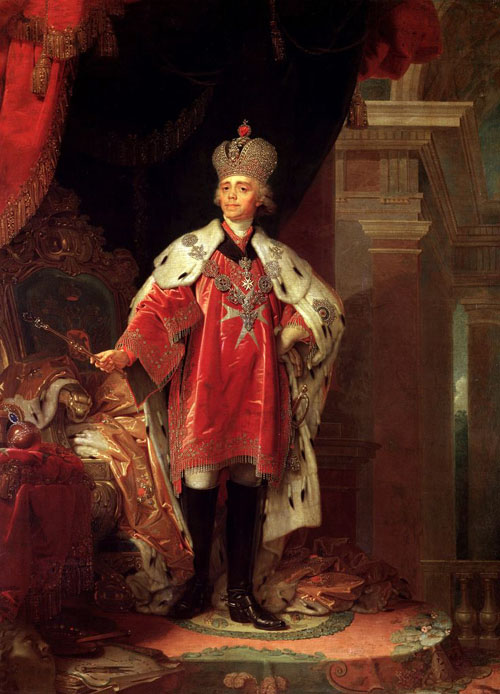
|
| |
| |
|
|
|
Stemma-Gran-Maestro-Matthew-Festing
|
|

|
| |
|
|
|
Juan de Homedes, Grand Master of
the Order of St John of Jerusalem
|
|

|
|
|
|
|
|

|
|
|
|
Frà Andrew Bertie, 78th Grand
Master of the Sovereign Military Order of Malta (1988-2008)
|
|

|
|
|
|
the floor of St John's Co Cathedral
Valletta Malta
|
|

|
|
|
|
|
|

|
|
|
|
Emmanuel de Rohan-Polduc, Grand Master
of the Order of St John, 1775-1797.
|
|
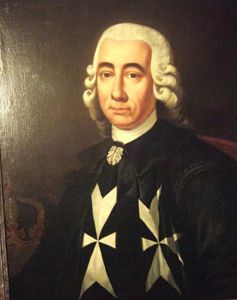
|
|
|
|
Emmanuel de Rohan-Polduc, Grand Master
of the Order of St John, 1775-1797
|
|

|
|
|
|
The Queen in the Robes of St John
(Ambulance).
|
|

|
|
|
|
Unknown portrait of a Knight of the
Order of Malta, Florentine, 16th centur
|
|
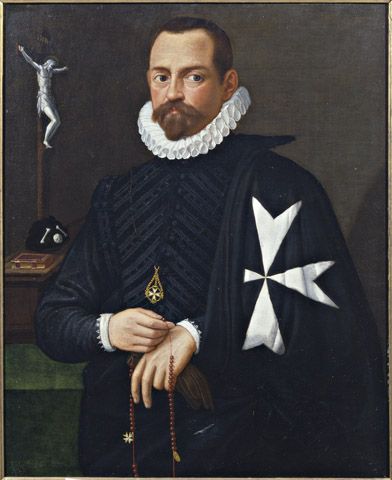
|
|
|
|
Hospitallers meet in chapter after
a military victory in the 1480 Siege of Rhodes
|
|

|
|
|
|
|
|
Francesco di Cristofano, 1514
|
|

|
|
|
|
Lope de Vega,fue uno de los más
importantes poetas y dramaturgos del Siglo de Oro
español.(25 de Noviembre)
|
|

|
|
|
|
Portrait of the Grand Prior Giovanni
Domenico Mainardi , Antoine de Favray (1758)
|
|
.jpg)
|
|
|
|
Conte GALEAZZO DI THUN ED HOHNSTEIN,
GRAN MAESTRO SOVRANO ORDINE DI MALTA - 1905
|
|
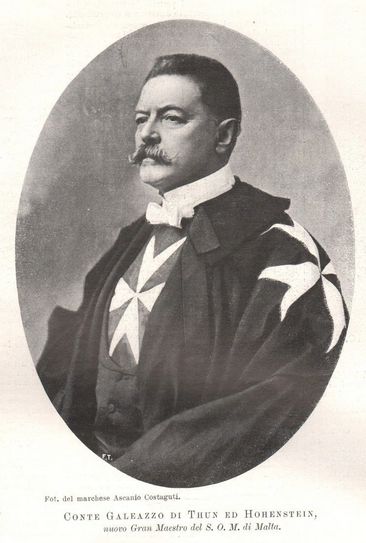
|
|
|
|
Florence, Uffizi museum - portrait
of Giovanni Carlo de'Medici (4 July 1611 – 22
January 1663)
|
|
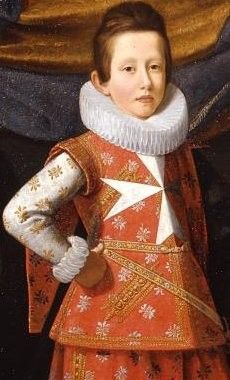
|
|
|
|
Bailiff Joaquin Fernandez-Portocarrero
, Antoine de Favray (1760)
|
|

|
|
|
|
Ritratto del Gran Priore Giovanni
Domenico Mainardi, Antoine de Favray (1758)
|
|

|
|
|
|
|
|

|
|
|
|
Giovanni Battista Orsini, Grand Master
of the Order of St John, 1467-1476.
|
|

|
|
|
|
Manuel Pinto de Fonesca_Grand Master
of the Order of St John, 1741-73
|
|

|
|
|
|
|
|
Fulk de Villaret
|
|

|
|
|
|
Réunion des Musées
Nationaux-Grand Palais
|
|
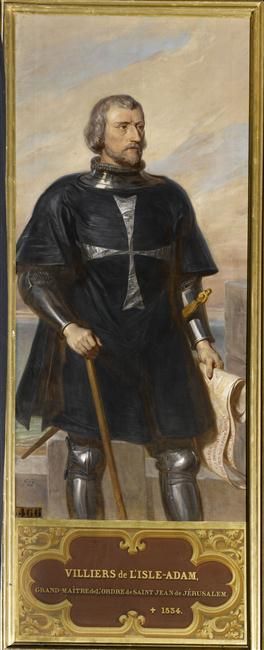
|
|
|
|
Réunion des Musées
Nationaux-Grand Palais.
|
|

|
|
|
|
Convento de Cristo
|
| |
|
Maltese Cross
|
|
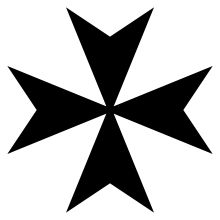
|
|
|
|
|
|
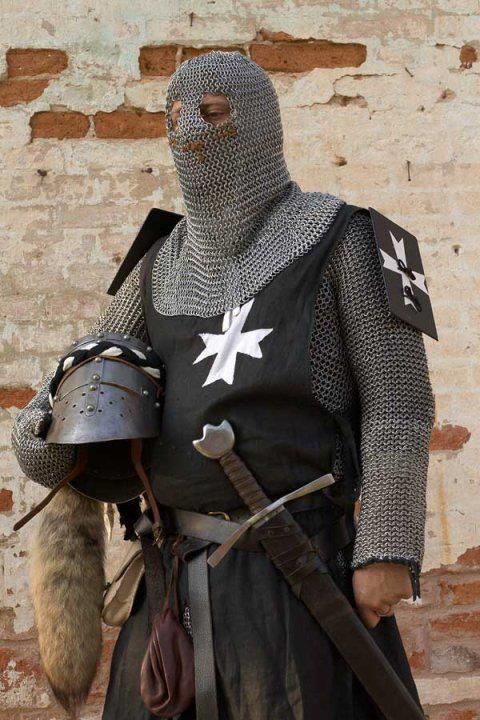
|
| |
|
|
|

|
| |
|
|
|
Raymond du Puy de Provence -(1083–1160)
|
|

|
| |
|
|
|
Raymond du Puy de Provence (1083–1160)
|
|

|
| |
| |
| |
|
|
|
Saint Mary's Tower
|
|

|
|
|
|
The Cittadella
|
|

|
|
|
| |
| |
The title of Most Eminent Highness is bestowed on the Grand
Master and the Holy Roman Church confers him the rank of
Cardinal. The Grand Master resides at the Order’s seat
of government the Magistral Palace in Rome.


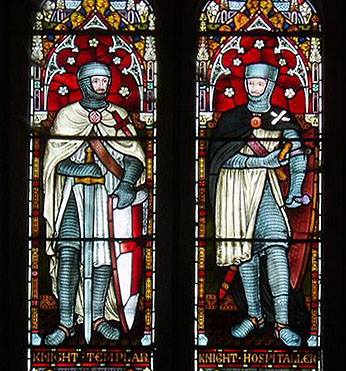

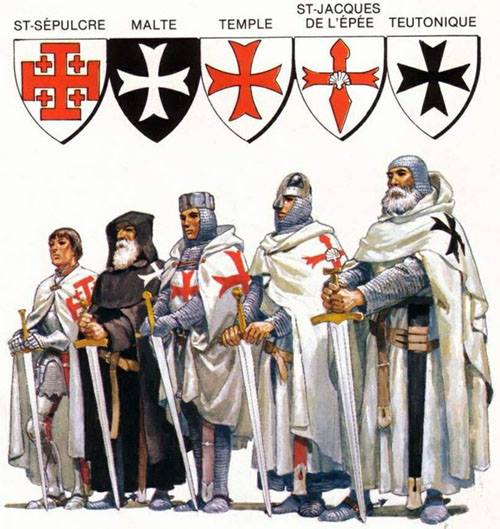
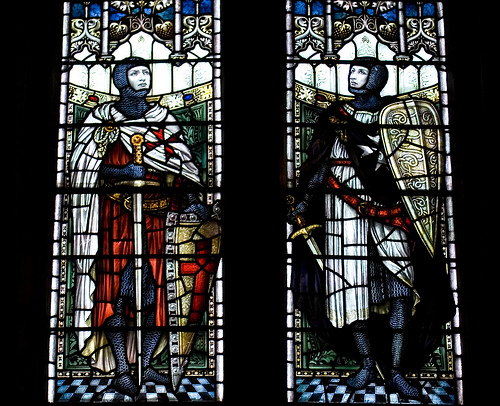






























































.jpg)














